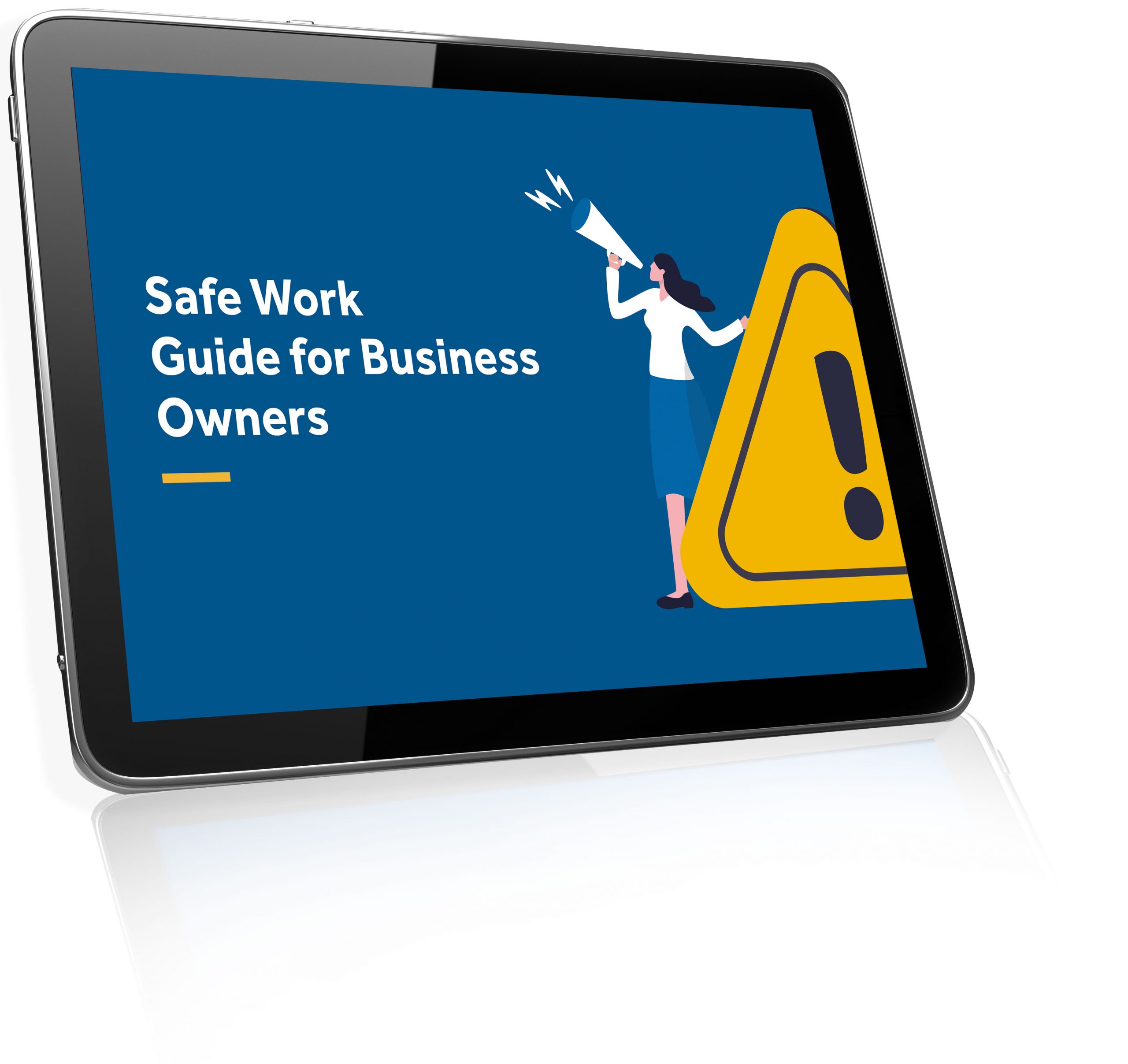
The Australian government has introduced a 10-year strategy to outline a national vision for workplace health and safety (WHS). Called the Australian Work Health and Safety Strategy 2023-2033, it is a national framework for improving work health and safety over the next 10 years. Why do we need a national WHS strategy? Do all businesses need one?
Some of the goals of the strategy include:
Reducing workplace fatalities from traumatic injuries by at least 30%
Reducing the frequency of serious claims resulting in one or more weeks off at work of at least 20%
Reducing the frequency of permanent impairment by 15%
Reducing overall incidence of work-related injury or illness among workers to below 3.5%
No new cases of accelerated silicosis by 2023
Reduce the frequency of work-related respiratory disease by 20%
🕮
Why do we need a WHS strategy?
A WHS strategy is a necessity as data has consistently shown about the severe impact of work-related injuries and illnesses. A clear and concise WHS strategy saves cost, prevents injuries, and ensures happy and engaged employees.
While a national WHS strategy will help integrate all businesses and simplify high level agenda, you need to craft a tailored strategy for your business and your needs that can ensure employee safety.
In this blog, we look at the WHS data, the industries it impacts, how small businesses are struggling with WHS, and what they need to do to protect their staff and their businesses.
WHS Data
Work-related injuries and illnesses have been a cause of concern for employees and employers. While data has revealed that fatal and serious injuries at work have declined over the last decade, Australian workers are still facing ongoing challenges to their health and safety. Safe Work Australia has reported that 169 workers were fatally injured at work in 2021 and there were 130,195 serious claims for work-related injury and disease.
The most common causes of workplace injuries are:
Body stressing
Falls, trips, and slips of a person
Being hit by moving objects
Hitting objects with a part of the body
Vehicle incidents
Heat, electricity, and other environmental factors
Chemicals and other substances
Simultaneously, psychological injuries are rising among employees and workers. In 2021, 9.3% of all serious claims were due to mental health conditions. Workplace mental health conditions are also one of the costliest forms of workplace injury. Safe Work data has suggested that mental health conditions lead to significantly more time off work and higher compensation paid when compared to physical injuries and diseases.
The most common causes of workplace psychological injuries are:
Work pressure
Harassment and bullying
Occupational violence
Other mental stress factors
WHS across industries
According to research completed by Safe Work, 70% of fatalities and 58% of serious worker’s compensation claims occur in just six industries:
Agriculture
Construction
Road transport
Manufacturing
Health care and social assistance
Public administration and safety
The inherent nature of these industries and their work makes them risky to navigate without implementing effective health and safety measures.

Small business and WHS
Small businesses make up 97% of all Australian businesses and employ nearly 4.7 million workers. These businesses also make up a significant number of industries where workers suffer high rates of injury.
Due to their size, small business owners have fewer resources dedicated to keeping up with WHS requirements and understanding obligations. They end up relying on one size fits all approaches which may fall short when working with diverse age groups and ranges of workers. It is essential to note that culturally and linguistically diverse (CALD) and migrant workers are over-represented in high-risk industries and occupations such as health care and social assistance sectors.
If you are a small business owner, you may also be struggling with the new nature of work and a rapidly shifting workforce. The number of older workers in the labour force is set to increase as the Australian population starts to skew towards older age groups. Labour shortages, rising costs of living, and complex supply chains are just some other challenges causing small business owners to feel overwhelmed and stressed.
These challenges are creating roadblocks for small business owners to focus on ensuring integrated WHS policies and procedures. Managing WHS risks does not need to be costly or complicated.
Developing a WHS strategy
Employers and business owners should comply with their obligations and commit to improving WHS efforts. Your employees trust you to look after them and you should be invested in taking ownership of their health and safety. For developing an effective WHS strategy, there are steps you need to take:
Implement good WHS practices- Have a workplace health and safety policy. A workplace health and safety policy will list out potential challenges and things to watch out for your employees. You can produce information that is relevant, digestible, and targeted for your business and employees. Sounds too complicated? Did you know that Employsure offers workplace health and safety policy templates for small business owners and employers? You can find resources for your business here.
Collaborate with WHS experts-As a small business owner or employer you may be time poor, having to manage everything on your own. It can get overwhelming keeping up with all your obligations and duties. Sometimes it’s best to leave things to the experts. It is possible to collaborate with workplace health and safety experts who can handle everything for you. They can help show you best practice and implement necessary approaches and even draft a WHS strategy.
Keep up with WHS knowledge- Things are constantly changing and evolving in WHS. What are the latest laws around psychosocial hazards? Are you responsible if an employee gets harassed at work? There are so many things that you need to be aware of. An easy way to keep up with WHS knowledge is read information and resources tailored for business owners. The Employsure newsletter has multiple resources, toolkits, and guides available to support business owners and employers. You can also read our blog for regular updates.

Safe Work Guide for Business Owners
A health and safety guide suitable for most businesses.
Build better businesses with Employsure
A common mistake several business owners end up making is they don’t think they need a WHS policy until something bad happens. By then, you run the risk of it being too late and too costly for your business. Better businesses are built when employers are proactive and think of the long-term picture and approach instead of being short-sighted.
Employsure handles thousands of calls from business owners like you, needing answers and support about WHS. Our 24/7 advice line is free of cost for all Australian business owners. Call 1300 651 415 today to get all your questions answered.
